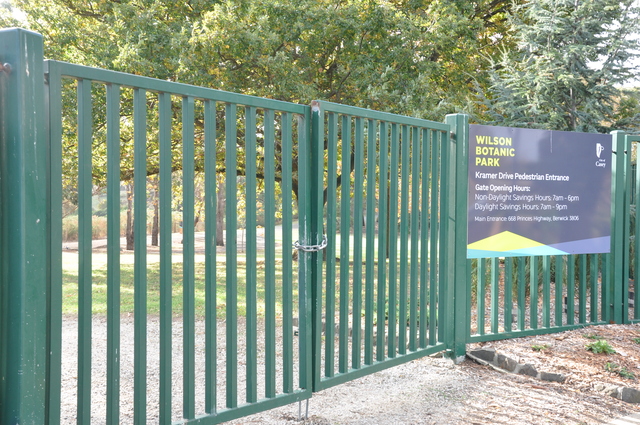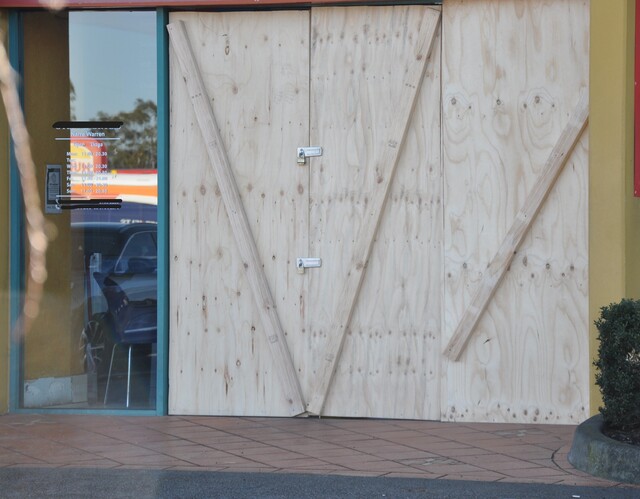By Rebecca Fraser
A BERWICK man got the shock of his life last week when he discovered a rare fungus growing in his back yard.
George Dalzotto said the discovery looked like something from outer space and after putting in a call to Melbourne’s Royal Botanic Gardens fungus department the family soon discovered what it was.
The ileodictyon gracile-cibarium fungus has only been sighted in Australia 59 times and is also known as basket or lattice fungus.
Mr Dalzotto said he stepped on the fungus while walking in his back yard and could not believe what he saw.
The lattice fungus is known for its unusual structure, with arms joining into a three-dimensional lattice and resembling a soccer ball with the panels punched out, according to the Australian organisation Fungimap.
It is initially tightly packed into an egg-like structure and the lattice can rapidly burst out from the egg.
Mr Dalzotto said his family had been told by the Botanic Gardens that the fungus is spread through tan bark and is then spawned by flies.
He said he had had a delivery of tan bark about three years ago and that must be how the fungus grew.
“I heard a noise and a pop and I thought it was a mushroom or something. I looked down and thought it was a shoelace or something. I pulled it and it came out. It looked like something from outer space.
“It was just incredible. No one wanted to touch it a first but it was not poisonous,” he said.
Mr Dalzotto’s family have videotaped and photographed the fungus and his wife even took it to work to show and tell.
He said about six growths were also ready to sprout.
The fungus can have a sour milk or camembert cheese smell but as it is out in the open Mr Dalzotta said the odour had not been offensive.
“We will never see anything like this again in our lifetime. It is bizarre. There have only been 59 recorded so it is not bad to have some in your own garden,” Mr Dalzotto said.
Rare fungus pops up
Digital Editions
-

Police missed chance to protect woman killed by partner
Police missed opportunities to hold an abusive man to account in the months before he violently bashed his partner and left her for dead, a…






